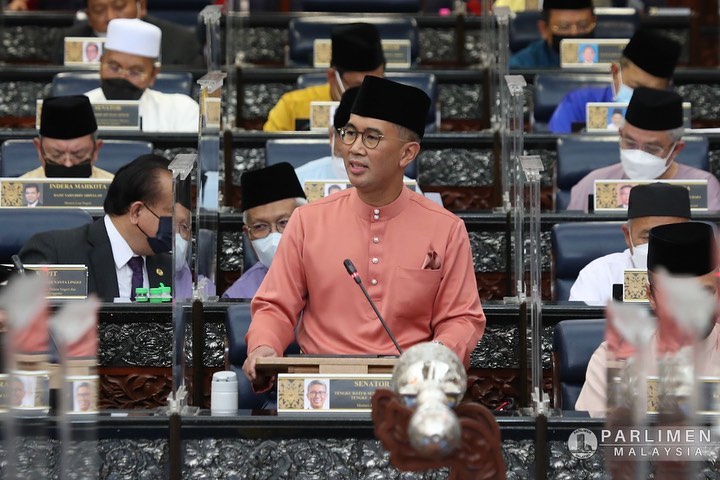A Decade Of Decline: South Korea Sees The First Uprise

January 14, 2025
South Korea has long held the title for one of the countries with the lowest birth rates globally, prompting concerns on economic stagnation and the growing challenges resulting from an aging population. However, a recent data reading indicates an evident rise in birth rates for the first time in ten years.
This improvement, although modest— becomes a beacon of hope to navigate through the persistent demographic barriers in the progressive country.
Historical Context


For many years, South Korea’s fertility rate has been declining continuously, reaching an all time low of 0.68 children per woman in the previous year. The alarming numbers have been related to a combination of factors, including the unrealistic living costs, highly demanding work environments, and rapidly shifting societal values that seemingly pushes away the thought of starting a family from young couples.
Although the government has accounted for more than 280 trillion won in efforts to reverse this deteriorating trend, it was to no avail. For a decade, this issue was severely rooted in the society.
“The rising birth rate trend is likely to last for the next two years, as the generation born after 1991 are reaching a suitable age for marriage,”
Said Lee Sang Lim, a researcher from Korea Institute For Health And Social Affairs.

Increase In Birth Rates
Despite only starting the year, South Korea’s fertility rate has already seen a slight uprise of reading to a solid 0.70. While there is still a milestone left to reach the replacement fertility rate of 2.1 to sustain population levels, this represents the start of a significant change after a decade of decline.
Experts suggest that the lead factor may be the latest government initiatives that aim to elevate financial and societal burdens which comes with having a child. These newly implemented policies are working towards a welcoming environment for family expansion.

Government Initiatives
The administration of South Korean president Mr. Yoon Suk-Yeol, has taken proactive measures in addressing the country’s demographic crisis by declaring a national emergency on population rate. Several initiatives follow suit to further support families in the nation, including:
- Parental Leave: Extended paternity leave from 10 to 20 days, alongside increased financial support for families during the leave for better family management.
- Childcare Services: Public childcare facilities to be expanded to ensure a better accessibility, mitigating burdens on working parents.
- Housing Assistance: Families with newborns eligible for government supported housing, offering promising loans to lift financial pressures.

Upcoming Challenges
Regardless of the positive development, experts highlighted the need for a strong commitment in not only maintaining, but further increasing the number of birth rates in South Korea. Structural obstacles including high education costs, chronic working cultures and competitive job opportunities remain as the main challenges at the forefront of demographic stability.
Conclusion
The recent uprise in South Korea’s birth rate is an indicator that the change of government policies and societal norms will truly cause an evident shift in demographic trends. However, continuous efforts are crucial in addressing the challenges that come in the way of family expansion for the country in order to achieve a stabilized population growth.
Focusing on long term solutions will help South Korea to overcome the current demographic hurdles, promising a sustainable future.

Sources are from:







